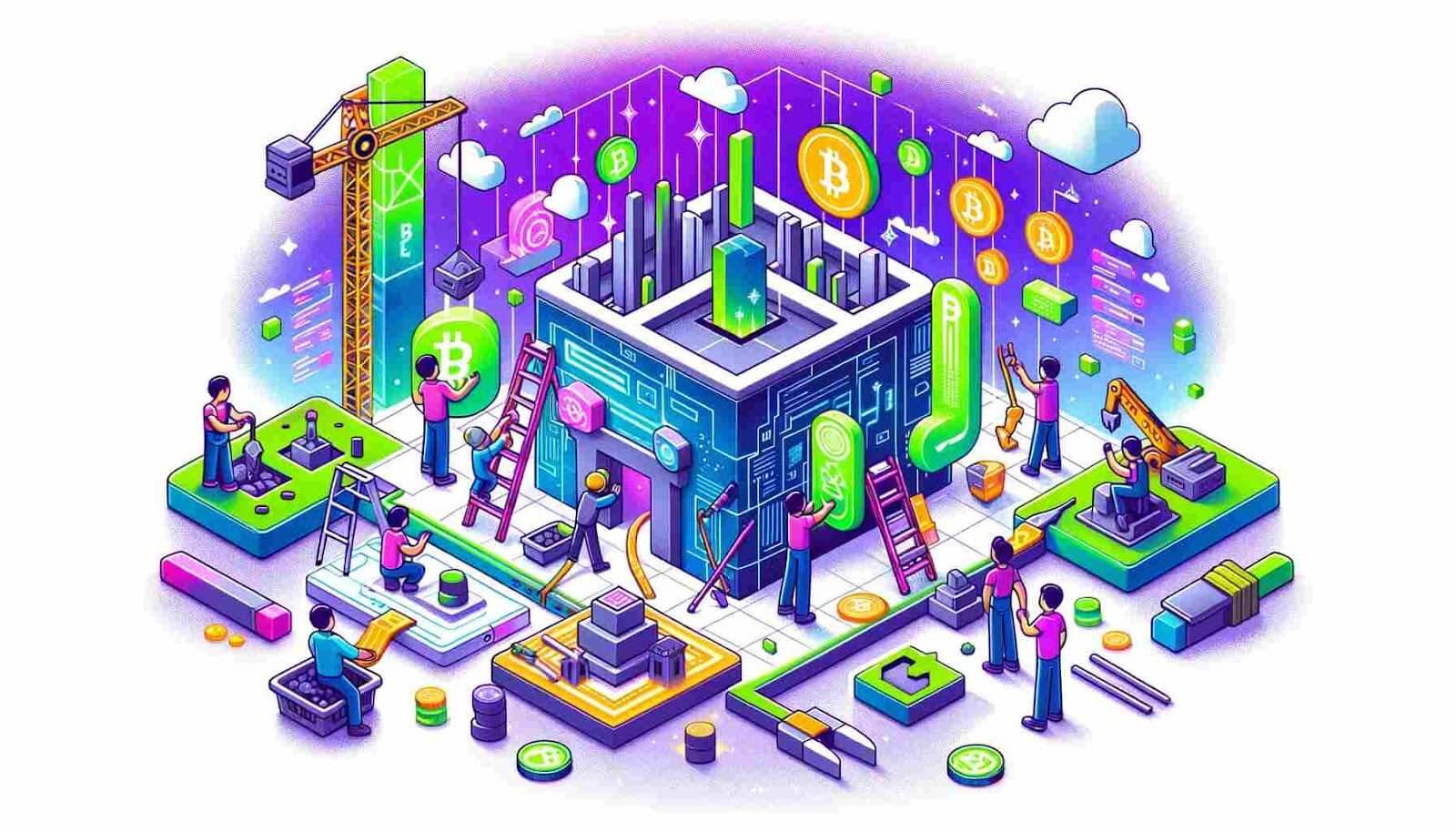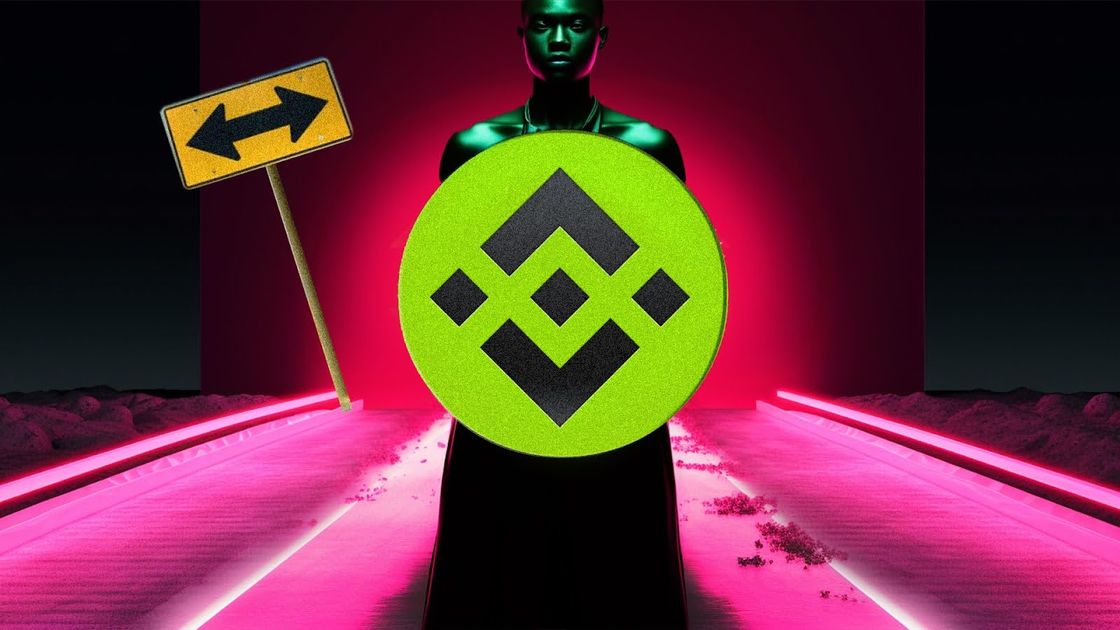
Amid his company’s stock surging in anticipation for its Bitcoin spot ETF, Coinbase CEO Brian Armstrong recently hosted an X (formerly Twitter) Spaces to discuss the future of Web3 use-cases.
Although evidently a discussion about the “10 ideas I'm most excited about in crypto right now,” it can also be thought that the session was used to promote Coinbase’s upcoming ‘Ventures Summit’ in October… which makes sense given that it’ll be event based around forward-thinking ideas for the Web3 space.
Although the recorded session now has over 1.1 million views in as little as 24 hours, there’s still a chance that you missed it.
1/ I'm sharing the 10 ideas I'm most excited about in crypto right now. If you're building something in crypto or thinking about doing so - check it out.
— Brian Armstrong ????️ (@brian_armstrong) August 30, 2023
We’re building lots at Coinbase, but we don't have time to tackle everything. So I figured I'd share these. Bear markets are… pic.twitter.com/XKzCkMaOOT
With this in mind, we thought we’d share with you Brian Armstrong’s ‘10 most exciting crypto ideas’.
Flatcoin
To begin with, Brian refers to the upsides of Bitcoin, and how they ultimately encourage people not to spend it (and spend stablecoins instead).
He then goes on to reference stablecoins, and the challenges that come with them being backed by fiat- and therefore being hit by inflation and centralised controls etc.
With these issues in mind, Brian proposes the idea of flatcoins- i.e. a ‘better form of money in the crypto space’.
The main feature of flatcoins is that they would track CPI (consumer price index) to maintain their purchasing power, meaning they’d be both decentralised and inflation resistant.
On-Chain Reputation
On-chain reputation is an area of Web3 that’s already being developed by the likes of Ethereum Name Service (ENS) and Unstoppable Domains.
However the problem with these platforms is that we don’t have a ‘reputation system’ in place- meaning we still don’t know who we can trust.
Further, Armstrong’s vision of having on-chain reputation looks something like Google’s ‘PageRank’ (i.e. its SEO algorithm), wherein blockchain addresses can build their own on-chain reputation scores (and therefore rankings). In turn, such dynamic could be useful for lenders, fraud detection, and targeted airdrops etc.
Armstrong also reinforced the important point that on-chain reputations should be decentralised in order to avoid corruption and censorship.
And instead of being competitors, on-chain reputations would complement the likes of ENS.
On-Chain Advertising
Advertising has proven itself as the gold-standard when it comes to Web2 business models, however Armstrong suggests that it could be improved by harnessing the power of blockchain technology.
Referring to the evolution that saw ad costs go from cost-per-mille (CPM), to cost-per-click (CPC), Armstrong asks “why not go all the way to cost-per-action (CPA)”- i.e. where advertisers only pay once a purchase (‘action’) is made.
Given that blockchain tech records all transactions on-chain, Armstrong proposes that Web3 can facilitate this innovative and cost-preserving mechanism.
On-Chain Capital Formation
This idea relates to the struggles that come with global access to capital, and how they essentially halter societal innovations.
As ICOs have done, on-chain capital formations will be able to boost the efficiency of capital acquisitions by allowing start-ups to post pitches/ fundraising videos to on-chain accredited investors (which perhaps relates back to the ‘On-Chain Reputation’ idea).
Through essentially setting up Web3’s own AngelList or Stripe Atlas, global capital could be democratised to all innovation seekers.
Job/Task Marketplace
This next idea relates to the concept of having a decentralised labour market.
As most Web3-oriented companies already do, crypto-paid salaries offer a whole host of benefits to both employers and their global workforces.
However Armstrong sees no reason as to why crypto-paid salaries should stay exclusive to Web3, as if they become open to the entire global economy, payments- irrespective of size, borders, and duration- would become a whole lot easier (and cheaper!).
Again, adopting a decentralised labour market model also democratises employment opportunities, meaning employers can enjoy larger talent pools when scoping-out the best candidates.
Layer-2 Privacy
Here Brian references the progress that Layer-2 solutions have made when it comes to scaling the utilities of Layer-1s.
However they also come with a lack of privacy, as on-chain transactions can be recorded down to the very second that they are completed.
This is why Armstrong promotes the idea of privacy across Layer-2 protocols, which manifest as a happy medium between centralised systems and fully- fledged privacy blockchains that attract bad actors.
This evolution mimics the internet’s other Layer-2 moves, such as going from IP to domain names, or dial-up to broadband.
However unlike the other suggestions in this list, Brian leaves this section with the door wide open, as he admits that he doesn’t “exactly know the right way to bring privacy to Layer-2s”.
Fully On-Chain Peer-to-Peer Exchanges
In offering an alternative to his own Coinbase CEX, Armstrong reinforces the potential of on-chain peer-to-peer (P2P) exchanges.
He explains how countries most in need of crypto often don’t have access to CEXs, and how the alternative- lower barrier to entry- solution of P2P exchanges can help foster more crypto adoption.
In turn, Armstrong suggests the prospect of building a fully on-chain (decentralised) P2P exchange that can handle everything involved in smart contracts across decentralised exchanges (DEXs).
Web3 Game Economies
Armstrong’s eighth talking point was Web3 gaming- an industry that saw investments worth over $7.1 billion in 2022.
With such pre-existing interest in mind, his thoughts mainly reiterated what we already know about the potential of Web3 gaming - i.e. that it hosts many next-generation experiences and utilities through the fact that players can own in-game items, characters, and currencies (etc.) via NFTs and crypto.
Tokenising Real World Assets
As the name suggests, number 9 is related to the concept of ‘tokenising everything’.
When it comes to many asset classes (including debt), Armstrong proposes that many of these could be tokenised, with the metadata of each digital asset able to outline its properties.
He predicts that such invention could add more liquidity to markets, allowing the global economy to flourish by essentially taking things decentralised (a more efficient system in Armstrong’s opinion).
This is perhaps Armstrong’s more poignant talking point on the list, as it would indicate a monumental shift from centralised to decentralised living and ownership.
Network States
Armstrong’s final idea is inspired by the book ‘The Network State’ by Bali Srinivasan.
Here, he ponders the prospect of someone building the software to manage network states- i.e. established communities, which can range from villages to entire countries.
With the concept of DAOs (decentralised autonomous organisations) at its core, these tools could include features for voting, governance, fundraising/taxes, services, and citizenship.
For those reading this article prior to October 2023, the Spaces session ended with Armstrong inviting Web3 innovators to share their own ideas regarding the future of Web3.
In turn, these would also serve as an application to attend the Coinbase Ventures Summit (October 17th-19th, Malibu, California, to be precise).
They can do this by visiting the event’s website, where per its words, the summit will be:
“A curated, intimate gathering of top aspiring founders / operators in crypto to spend time with Brian Armstrong and the Coinbase Ventures team discussing ideas to advance the space”.
Here, Brian has also stated that Coinbase Ventures will be open to making investments in stand-out projects.
Want More Cutting-Edge Crypto News?
Follow Us: X TikTok Instagram Telegram LinkedIn
Sign up to our newsletter at the bottom of the page
Check Out Our Top 10 Crypto Currencies of 2023
This article is intended for educational purposes and is not financial advice


















